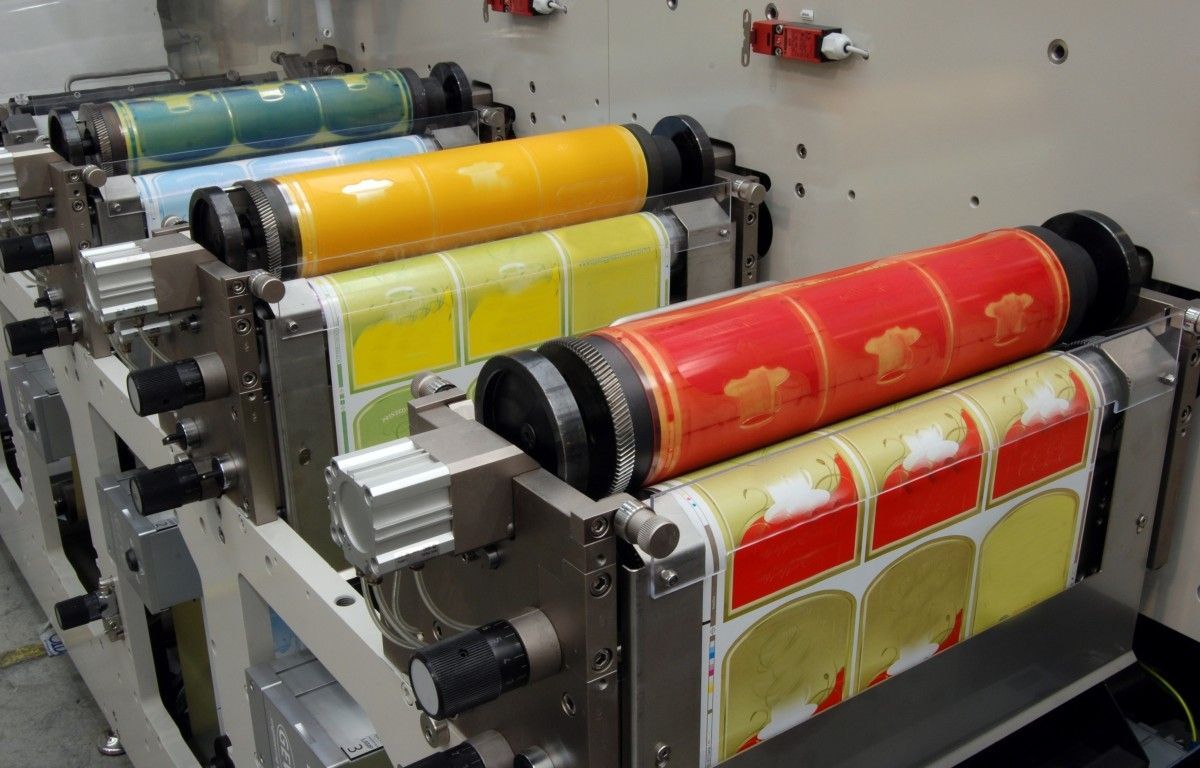The world of printing has been revolutionized by the advent of the inline flexographic press. This powerful technology has enhanced how we produce printed goods across various sectors, particularly in the packaging industry. Today, we explore how these presses operate and their significant contributions to modern printing.

What is an Inline Flexographic Press?
An inline flexographic press is a type of printing equipment that is used to print on a wide range of substrates. Its name reflects its ability to perform multiple printing stages in a single line, streamlining the process and improving efficiency. This technology is particularly favored for its versatility and ability to deliver high-quality prints.
How Does an Inline Flexographic Press Work?
The process begins with plates that carry the design to be printed. These plates are mounted onto cylinders within the press. As the substrate passes through, ink is transferred from the raised areas of the plate onto the material. The simplicity and speed of this process make it ideal for large-scale printing jobs.
Components of a Flexographic Press
Flexographic presses are composed of several key components: the feeding unit, printing unit, drying section, and rewinding mechanism. Each part works together to ensure seamless operation and high-quality output.
Advantages of Using Inline Flexographic Presses
Inline flexographic presses offer numerous advantages, including high speed, versatility, and cost-effectiveness. They are capable of printing on a variety of materials, enhancing their utility in industries like packaging, labels, and more.
With the rise of environmental consciousness, these presses are also known for their ability to use eco-friendly inks, thereby reducing the ecological footprint of printing operations.
Applications in the Packaging Industry
The packaging industry is one of the foremost beneficiaries of flexographic printing. Due to their ability to handle different materials such as paper, plastics, and metallic films, these presses are invaluable in creating high-quality packaging solutions.
For further insights on the packaging applications, refer to Flexo Printing for Cartons.
Challenges and Considerations
While flexographic presses are advantageous, they also come with challenges such as registration errors and the complexity of setting up. It’s essential for operators to have adequate training to maximize efficiency and minimize waste.
The Future of Flexographic Printing
As technology evolves, so too does the inline flexographic press. With advancements in automation and digital integration, the future of flexographic printing looks promising. These innovations are set to further enhance precision, reduce costs, and expand the possibilities for creative designs.
Flexographic Printing vs. Digital Printing
If you’re comparing flexographic with digital printing, consider factors like run size, cost, and the type of materials used. Each has its own set of benefits that can be tailored to specific project needs. Detailed comparisons can be found at Flexographic Printing vs. Digital Printing.
Conclusion
In conclusion, the inline flexographic press stands as a cornerstone of modern printing technology. Its influence spans various industries, bringing efficiency, versatility, and high-quality output. Whether in packaging, labeling, or other fields, its applications continue to grow.
For a comprehensive overview of the flexographic process, you may visit an informative external source at What is Flexographic Printing?.

FAQs
What types of materials can be used with an inline flexographic press?
Inline flexographic presses are capable of printing on a range of substrates including paper, plastics, metal films, and more. This versatility makes them popular in industries that require diverse printing solutions.
What makes inline flexographic presses eco-friendly?
Many flexographic presses utilize water-based inks which are less harmful to the environment compared to traditional solvent-based inks. Additionally, the efficient use of materials reduces waste, contributing to eco-friendly operations.
Can flexographic presses compete with digital printing?
Yes, flexographic presses can compete with digital printing particularly for large-volume runs where the cost-effectiveness and high speed of flexographic printing become advantageous. However, for smaller, more specialized print jobs, digital printing might be more appropriate.






